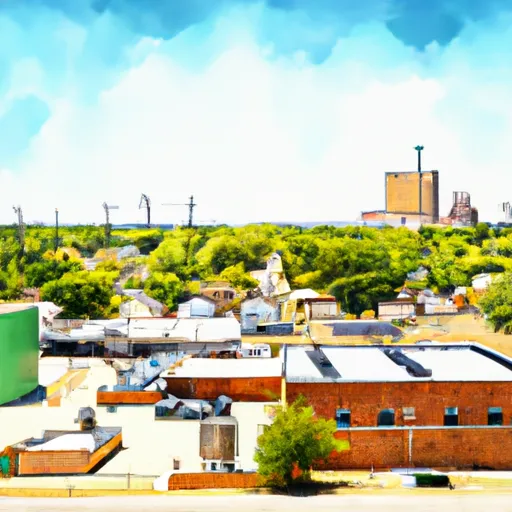°F
°F
mph
Windspeed
%
Humidity











Stockdale, Texas is a small town located in Wilson County, in the southern region of the state. Known for its peaceful atmosphere and scenic landscapes, Stockdale offers a moderate climate throughout the year. Summers are hot and humid, with temperatures often reaching the mid-90s Fahrenheit, while winters are mild, with average temperatures in the 50s.
Hydrologically, Stockdale benefits from the nearby San Antonio River, which flows through the region. The river provides a source of water for the town and supports diverse aquatic ecosystems. In addition, Stockdale is surrounded by rolling hills and fertile farmlands, contributing to a rich hydrological environment.
For outdoor enthusiasts, Stockdale offers a range of recreational opportunities. The nearby San Antonio River provides excellent fishing opportunities, with popular catches including bass, catfish, and sunfish. Additionally, there are several parks and nature reserves in the area, such as the Stockdale City Park, which offers hiking trails, picnic areas, and sports facilities. Hunting is also popular, with local game including deer, turkey, and dove.
Overall, Stockdale, Texas offers a pleasant climate, diverse hydrological features, and a variety of outdoor activities, making it an attractive destination for nature lovers.
Weather Forecast
Stockdale receives approximately 792mm of rain per year, with humidity levels near 83% and air temperatures averaging around 21°C. Stockdale has a plant hardyness factor of 8, meaning plants and agriculture in this region tend to thrive here all year round.
Regional Streamflow Levels
12
Cubic Feet Per Second
11
Cubic Feet Per Second
83
Cubic Feet Per Second
17
Cubic Feet Per Second
Nearby Camping
| Camping Area | Reservations | Toilets | Showers |
|---|---|---|---|
| Emma Long Metropolitan Park | |||
| Camp Mabry Military | |||
| Lake Corpus Christi State Park | |||
| Cypress Creek - Lake Travis | |||
| John J. Sablatura Park | |||
| Cedar Breaks - Lake Georgetown |



